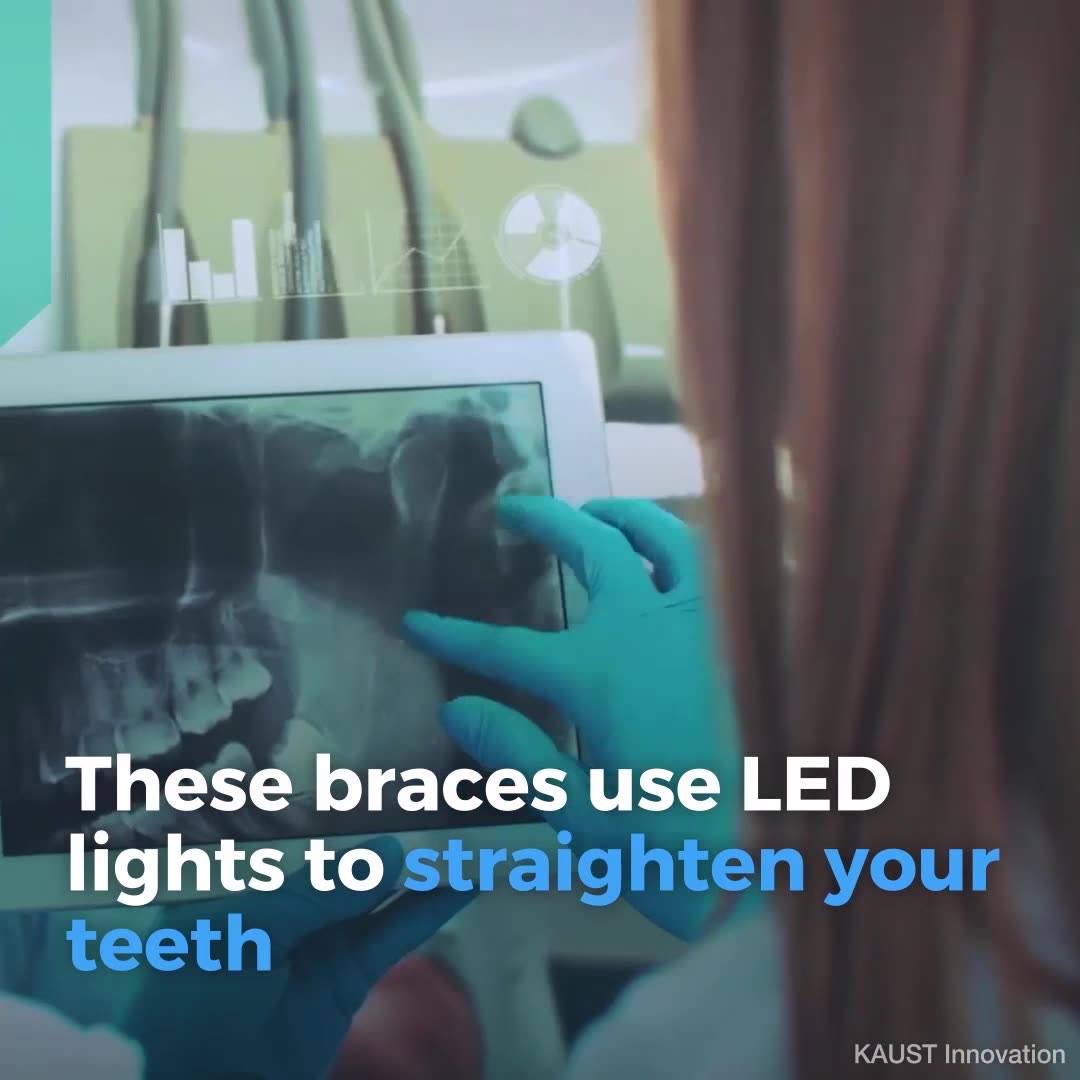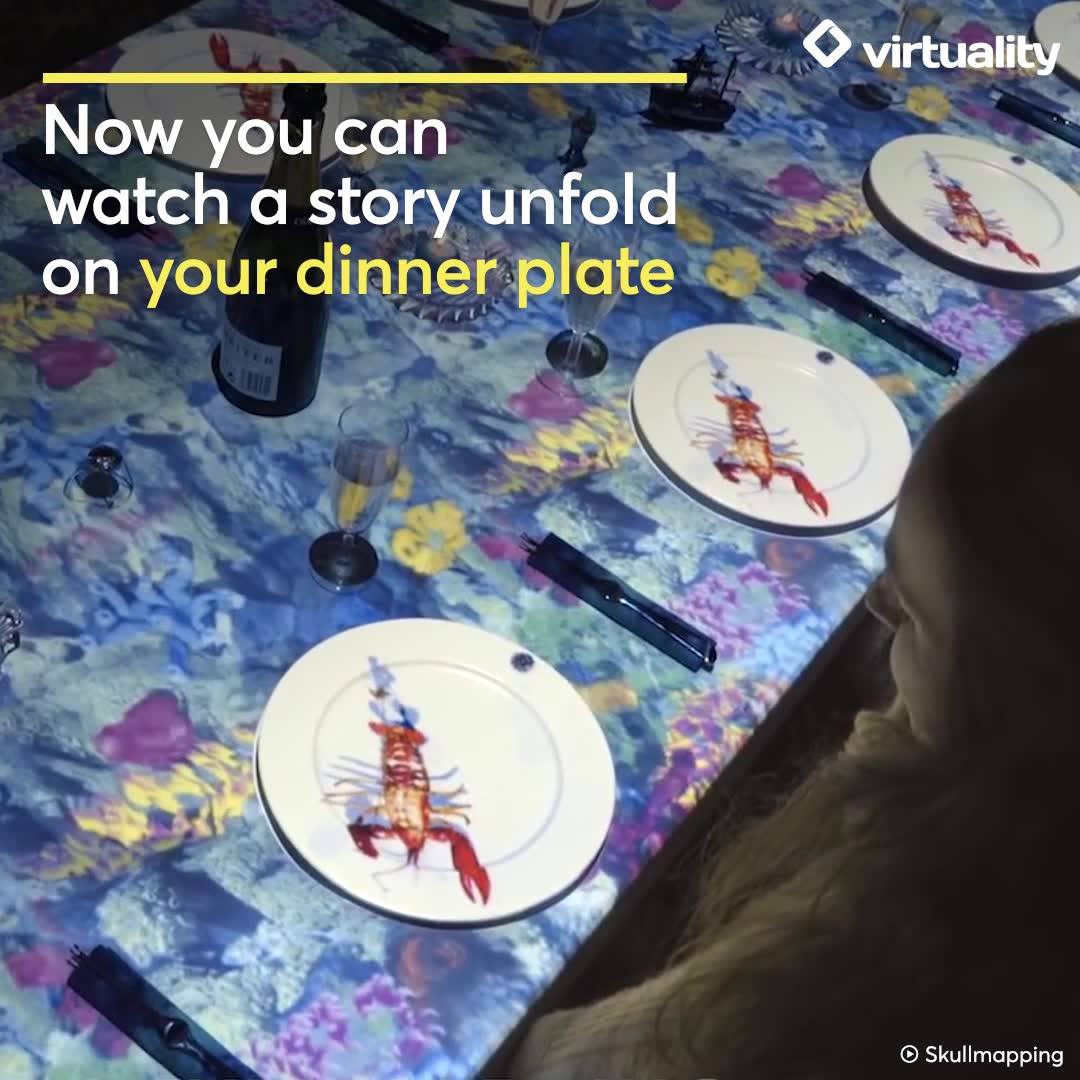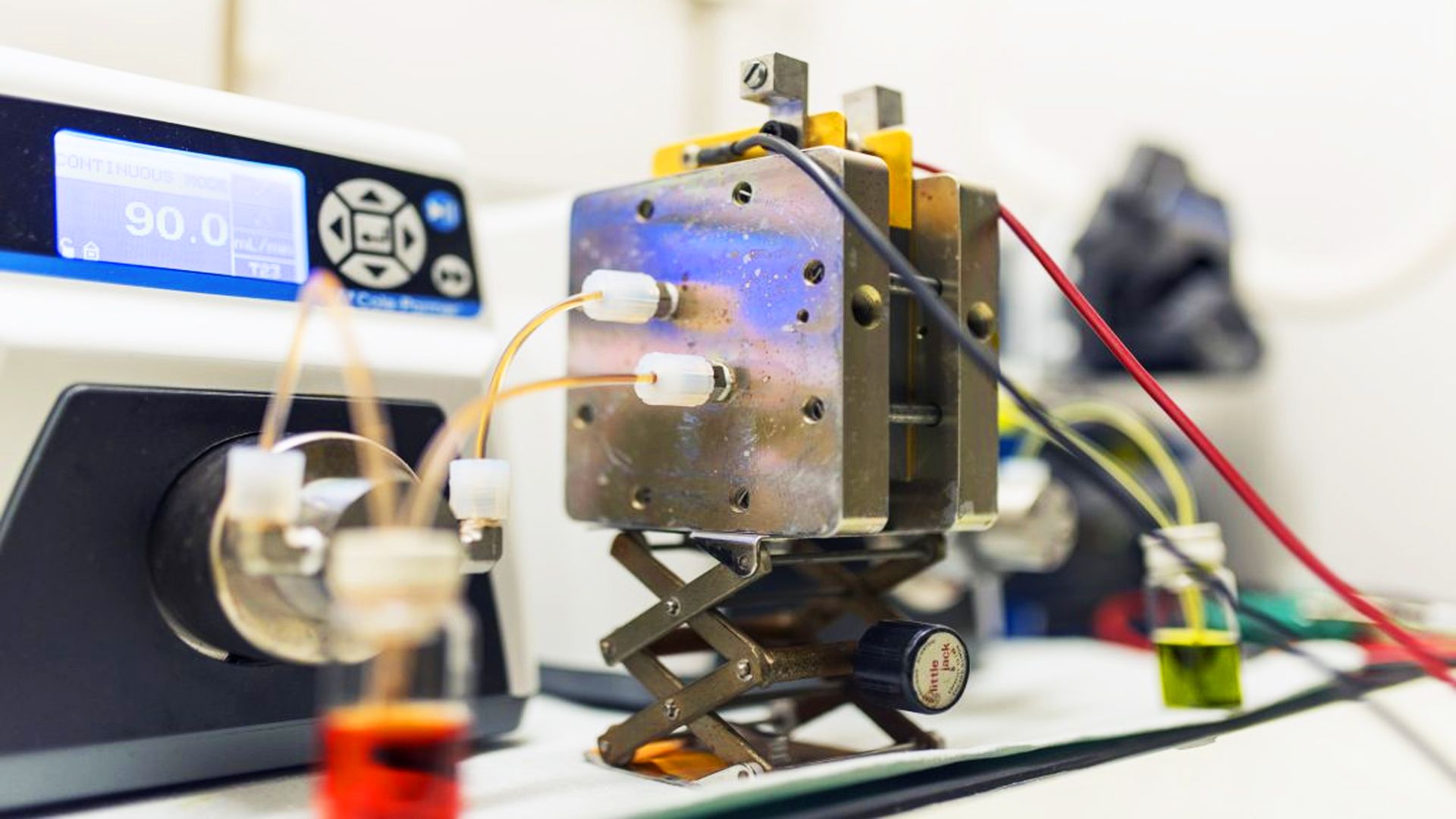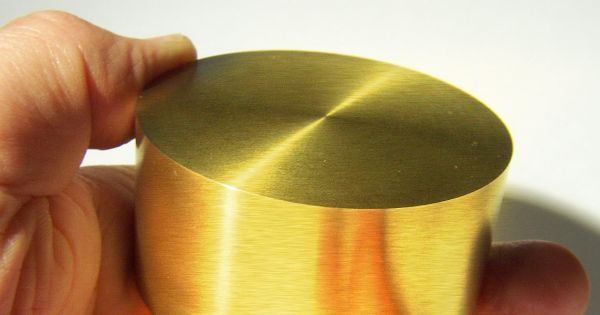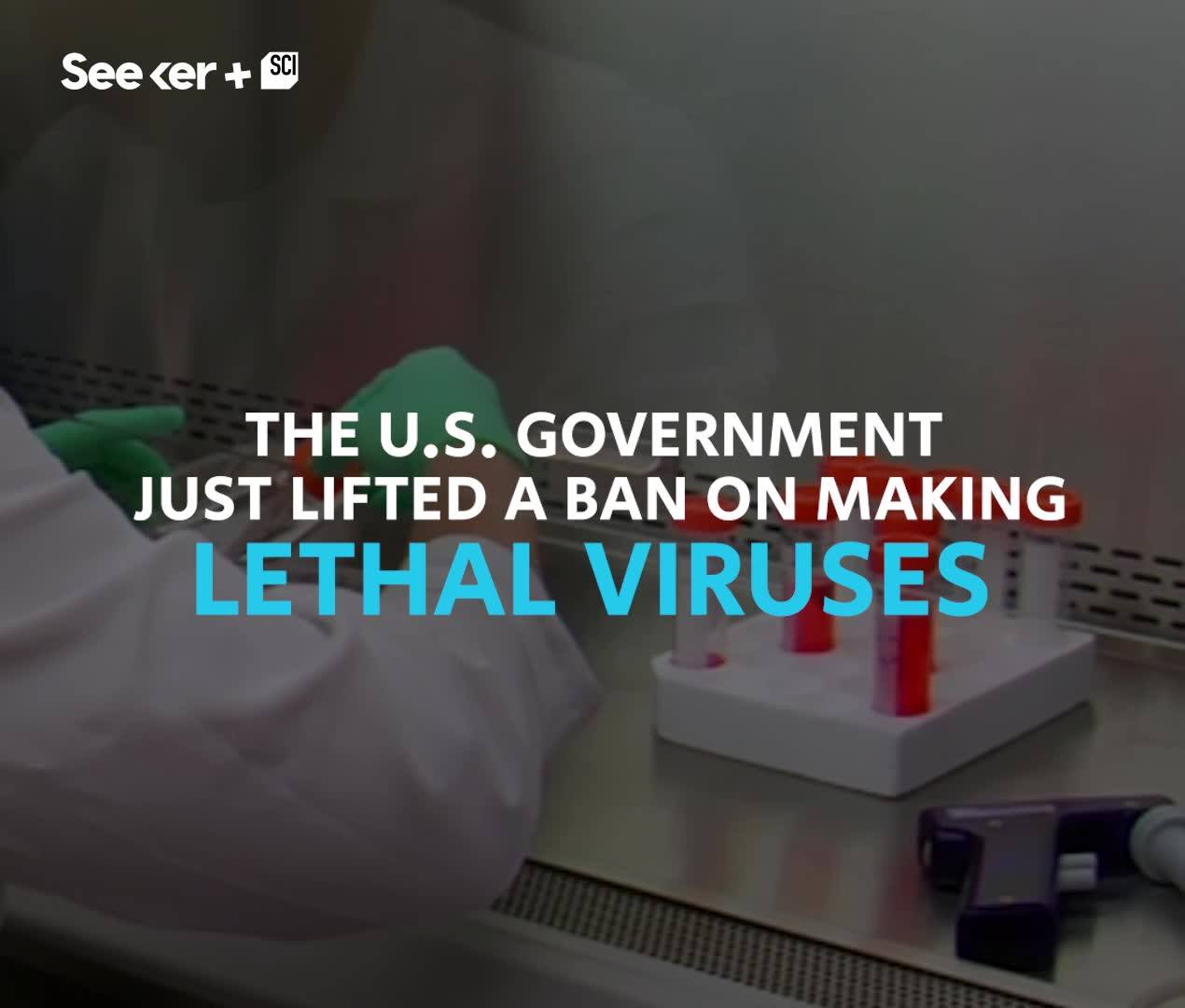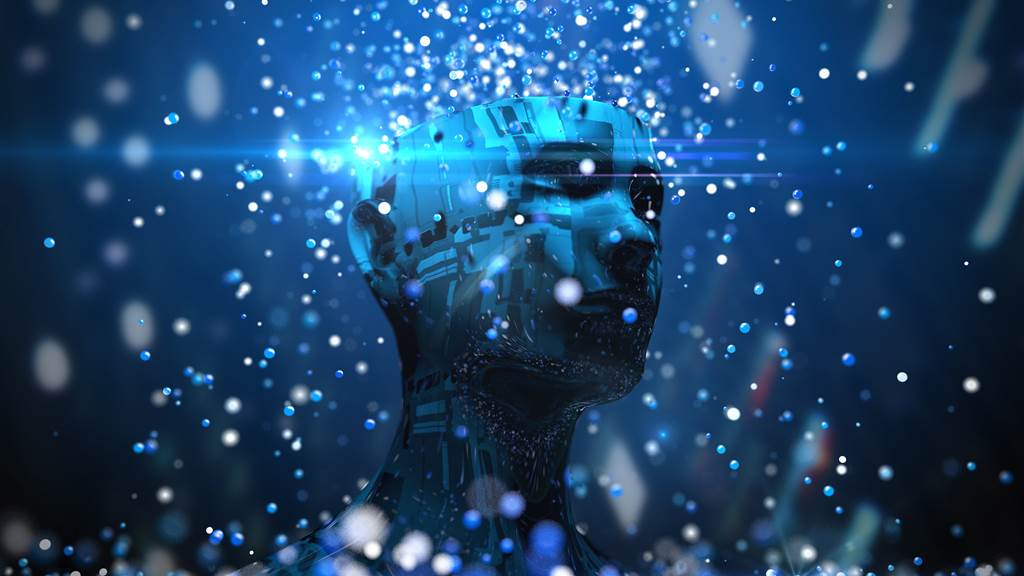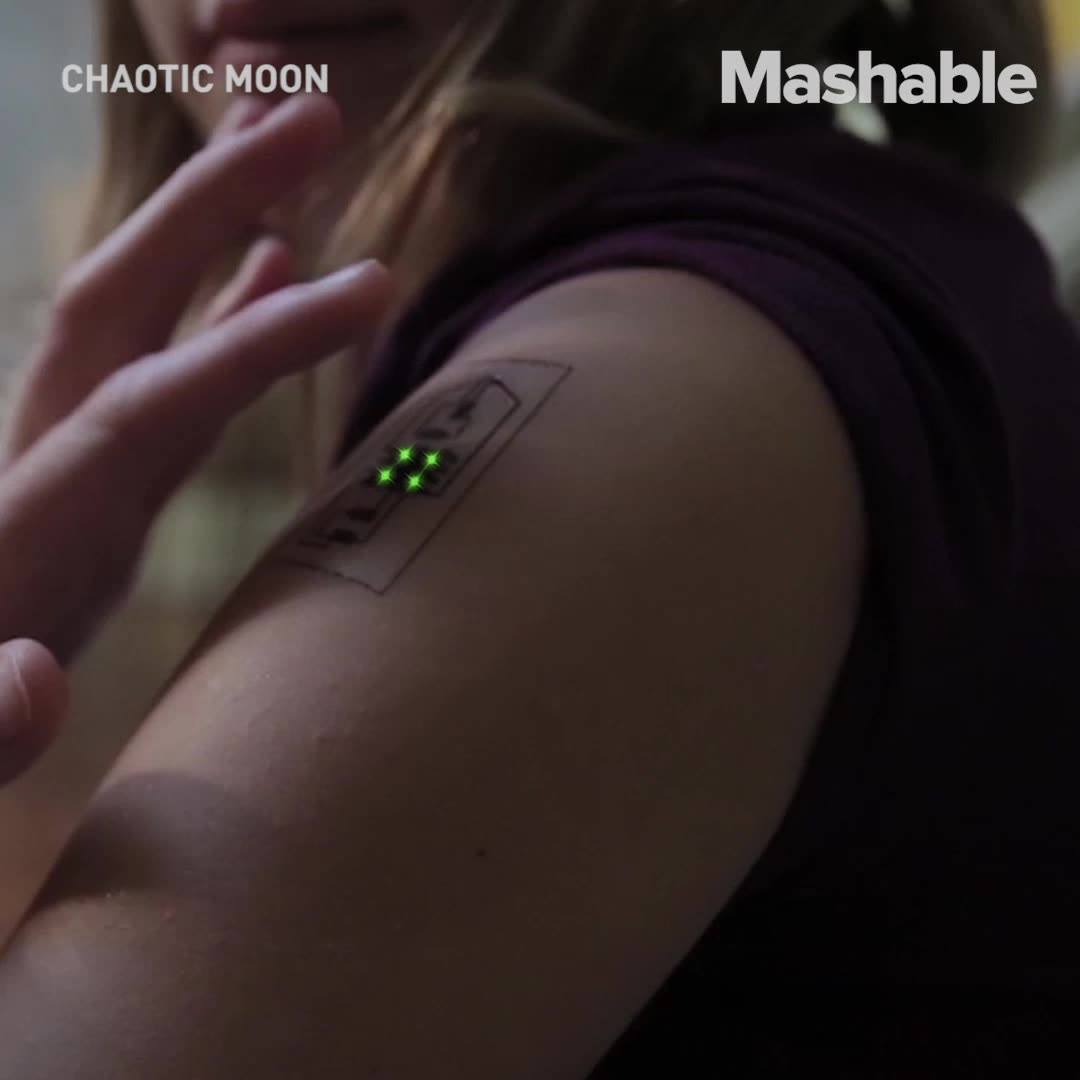Page 10388
Jan 1, 2018
Le Petit Chef is an AR dining experience
Posted by Shailesh Prasad in category: augmented reality
Jan 1, 2018
These snap-on pods give your phone power when you need it
Posted by Shailesh Prasad in category: mobile phones
Jan 1, 2018
Scientists Develop A Battery That Can Run For More Than A Decade
Posted by Shailesh Prasad in category: futurism
Jan 1, 2018
Titanium-Gold Alloy: Physicists Combine Gold with Titanium And Quadruple Its Strength
Posted by Shailesh Prasad in categories: biotech/medical, materials
Scientists from Rice University have discovered a titanium alloy that’s better than titanium at being a medical implant, and it is four times harder than titanium and a vast majority of steels.
When it comes to bone replacements, the go-to material is still titanium. Hard, wear-resistant, and compatible to the body, titanium looks like the best alternative to actual bone, maybe even better. Who knew that you could improve the ‘gold standard’ by just adding actual gold?
Jan 1, 2018
The U.S. Will Allow Scientists To Create Deadly Viruses
Posted by Shailesh Prasad in category: futurism
Yesterday, El Mercurio (A major paper in Chile and Latin America with abt 300,000 copies) published a big feature on #transhumanism that starts with my work and interview. I believe 2018 will continue the fast growing trend of international major media covering how the transhumanism movement is changing the world: http://impresa.elmercurio.com/Pages/NewsDetail.aspx?dt=2017&…2&bodyid=6 #transhumanismo #Spanish
Jan 1, 2018
15 Top Science & Tech Leaders Offer Surprising Predictions For 2018
Posted by Derick Lee in categories: innovation, science
What will 2018 bring? No one knows for sure. But as we did for 2017, we asked top scientists and thought leaders in innovation what they expect to see in the new year. Here, lightly edited, are their predictions.
What scientific discoveries will 2018 bring? We asked leaders in science, technology, and innovation what they think we can expect to see in the new year.
Dec 31, 2017
Why the world population won’t exceed 11 billion
Posted by Aleksandar Vukovic in category: futurism
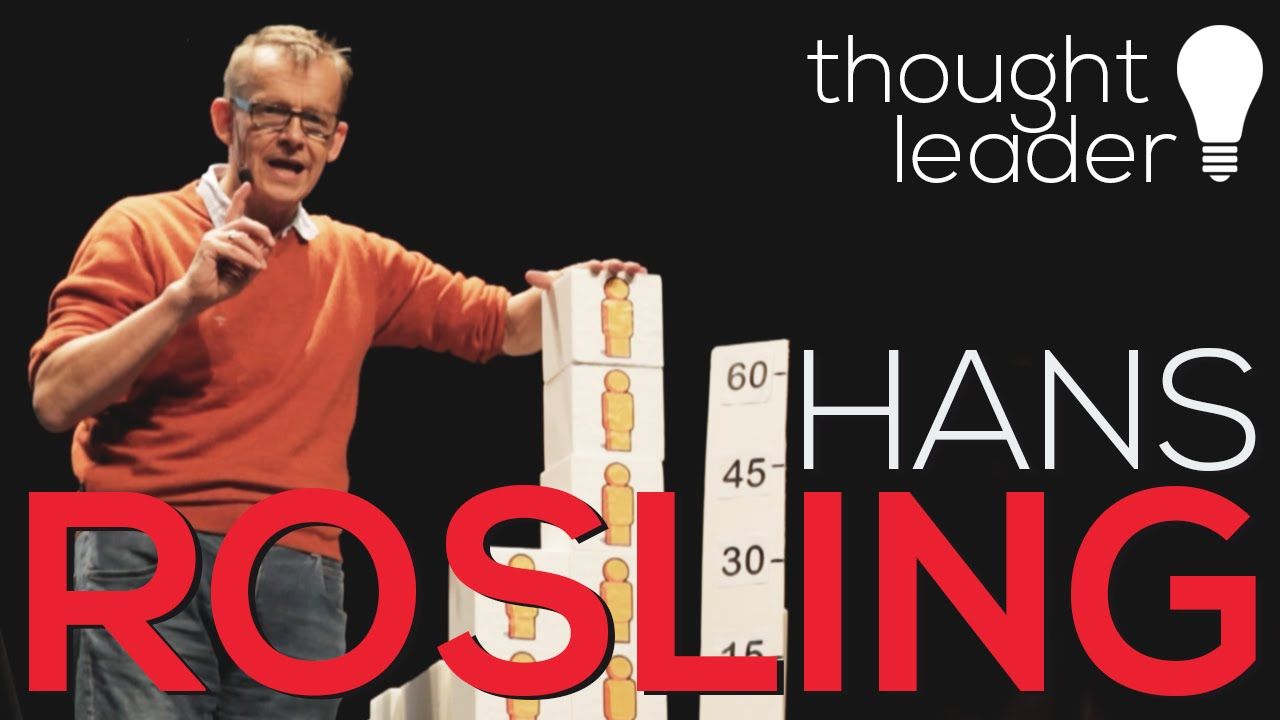
In part 5 of a 6-part lecture, Hans Rosling uses statistics to give an overview of population growth and an explanation of why the total human population will never reach 11 billion, as others predict and fear.
Click on photo to start video.
These tattoos conduct electricity to turn you into a basic cyborg.
